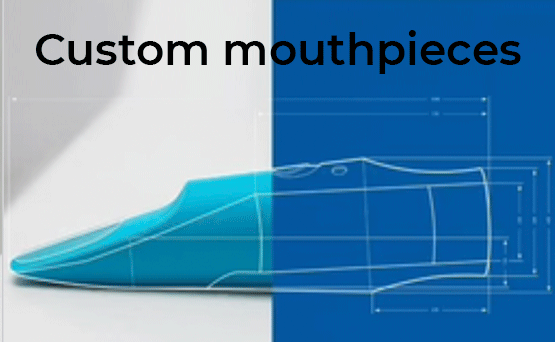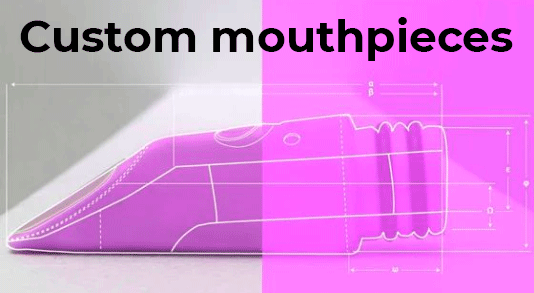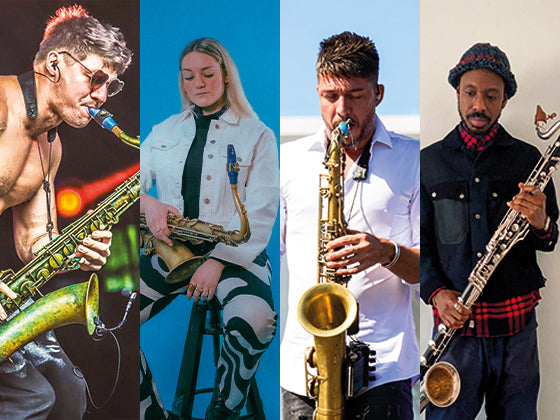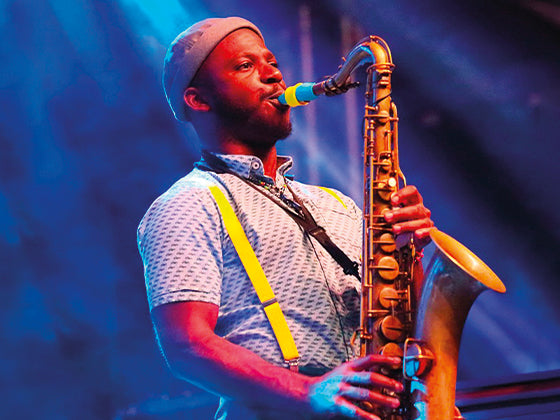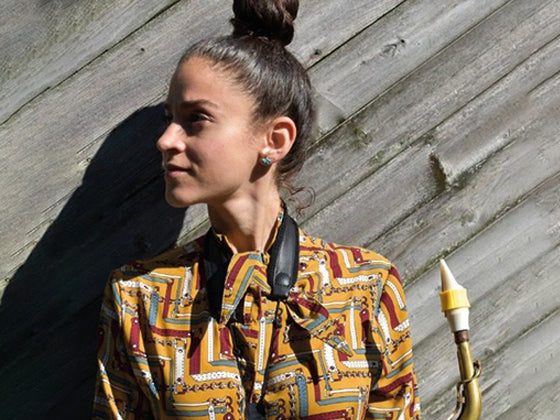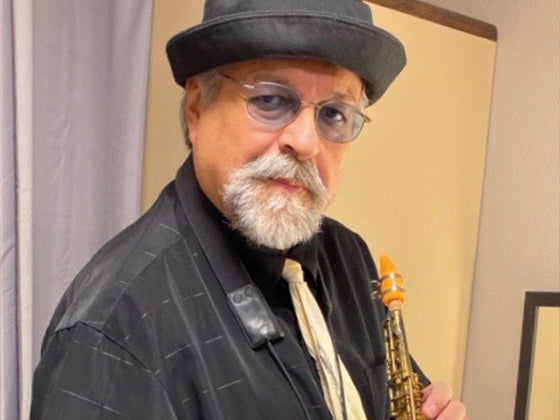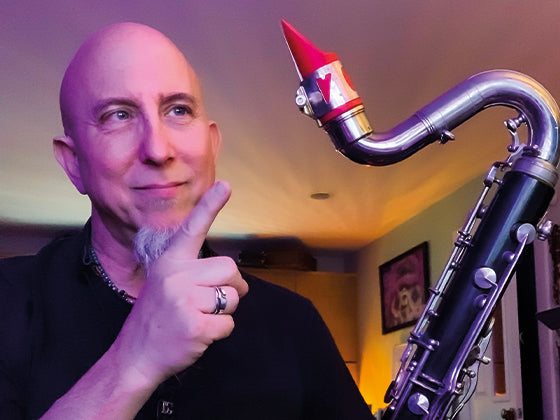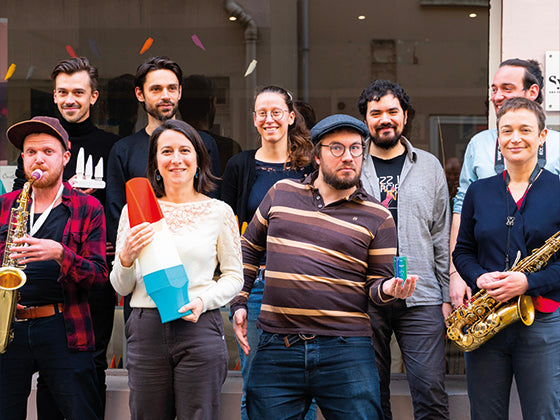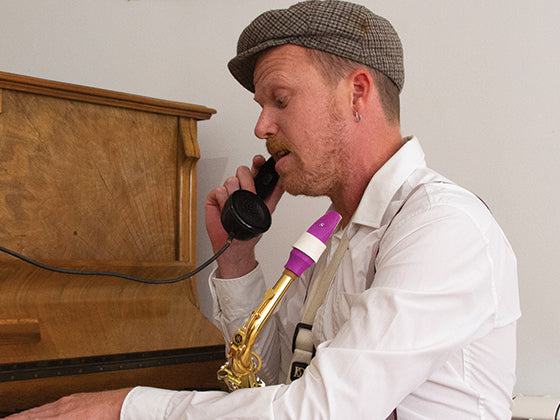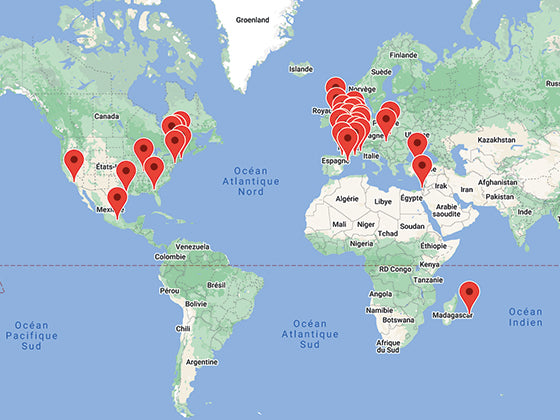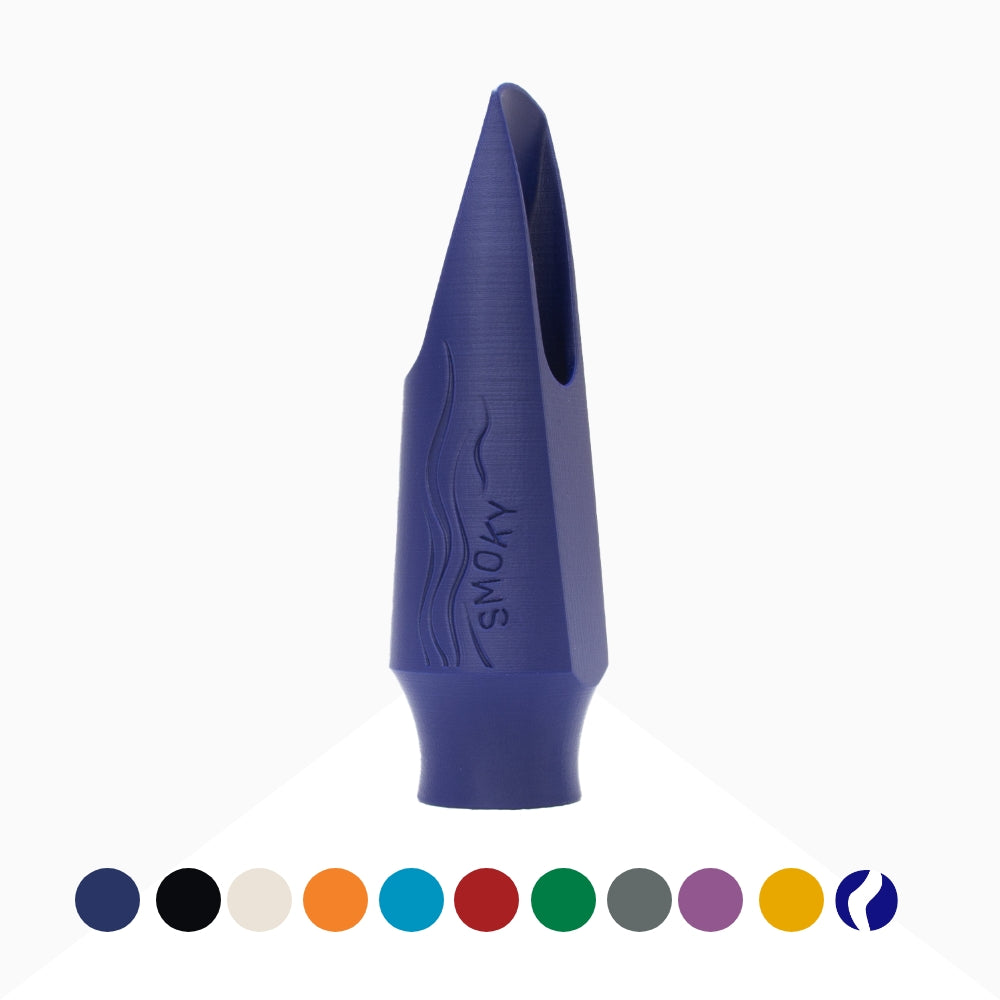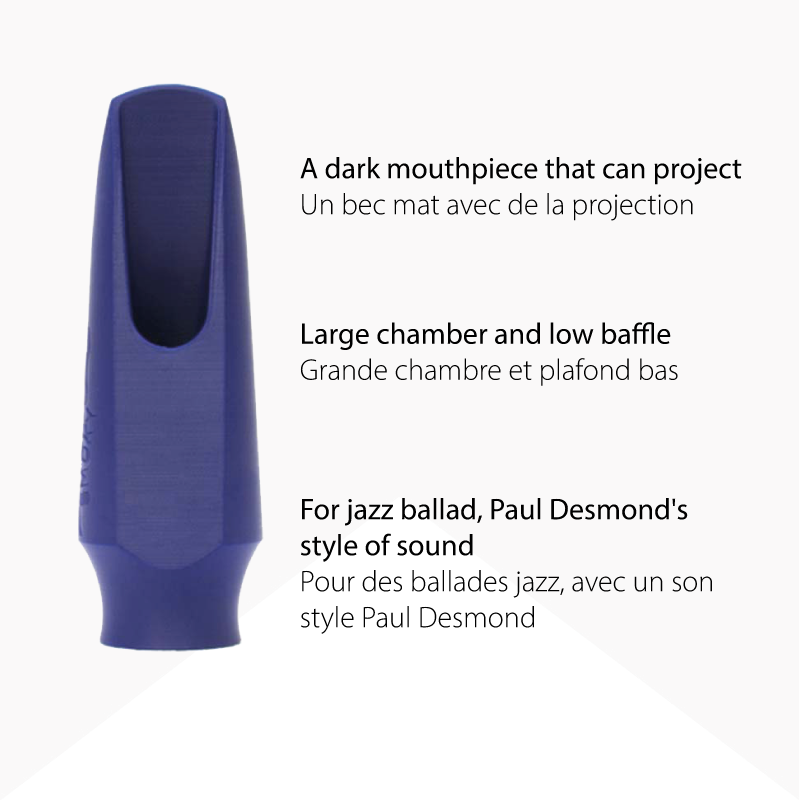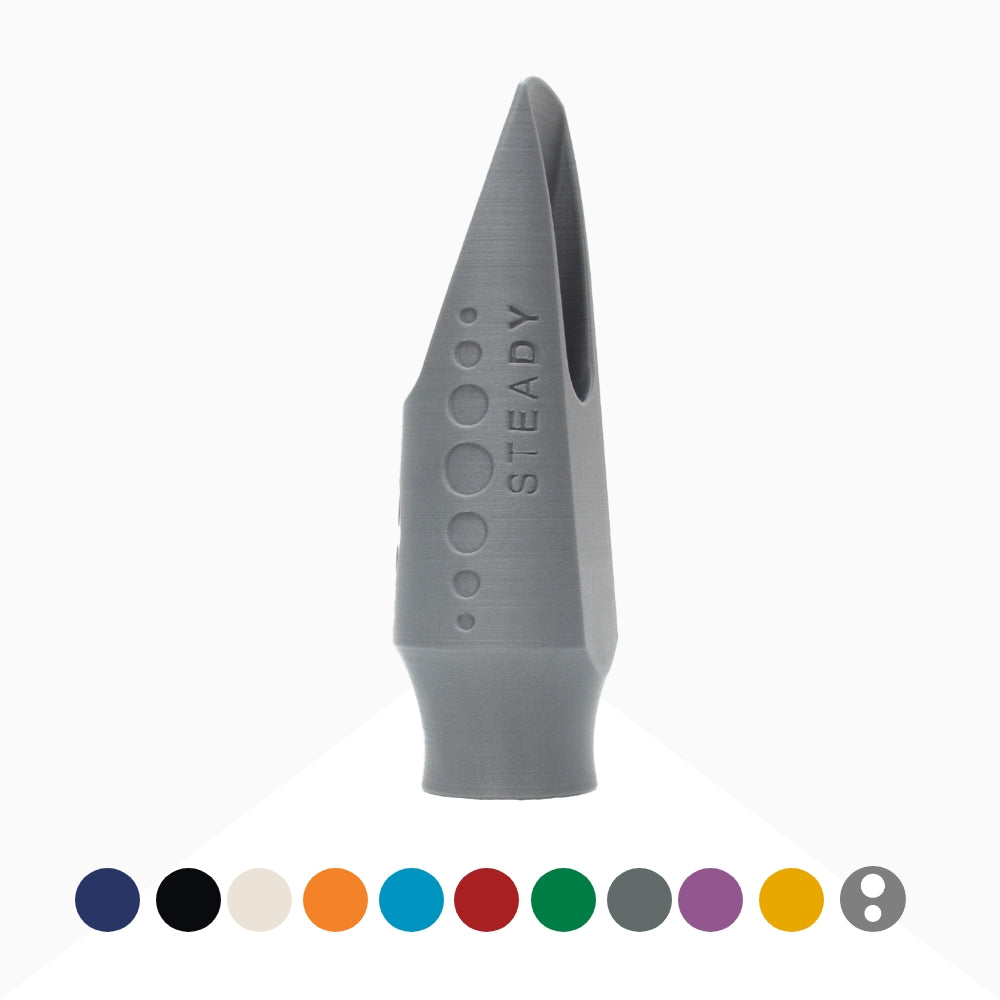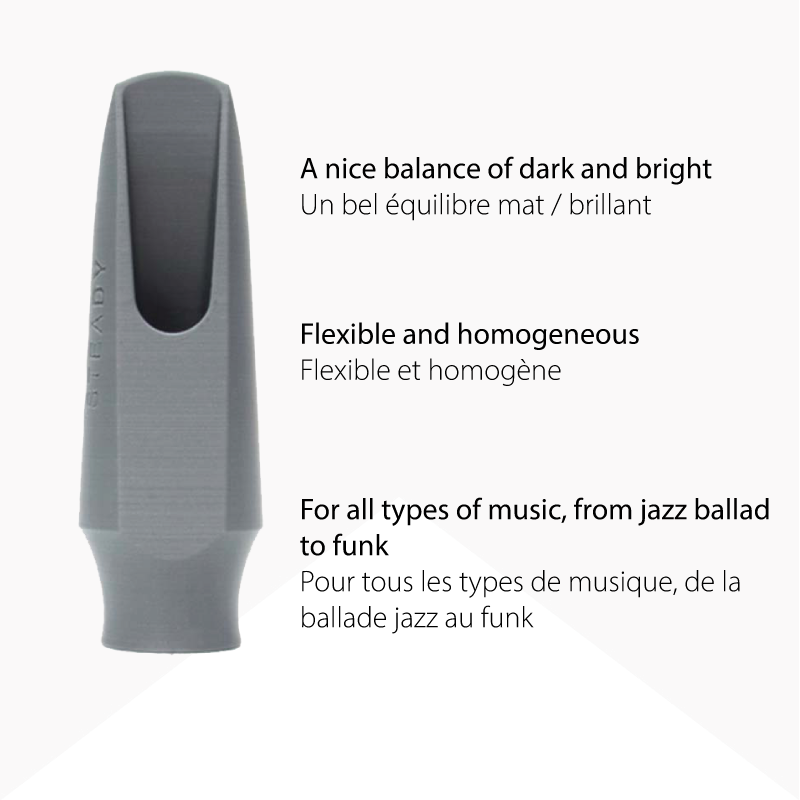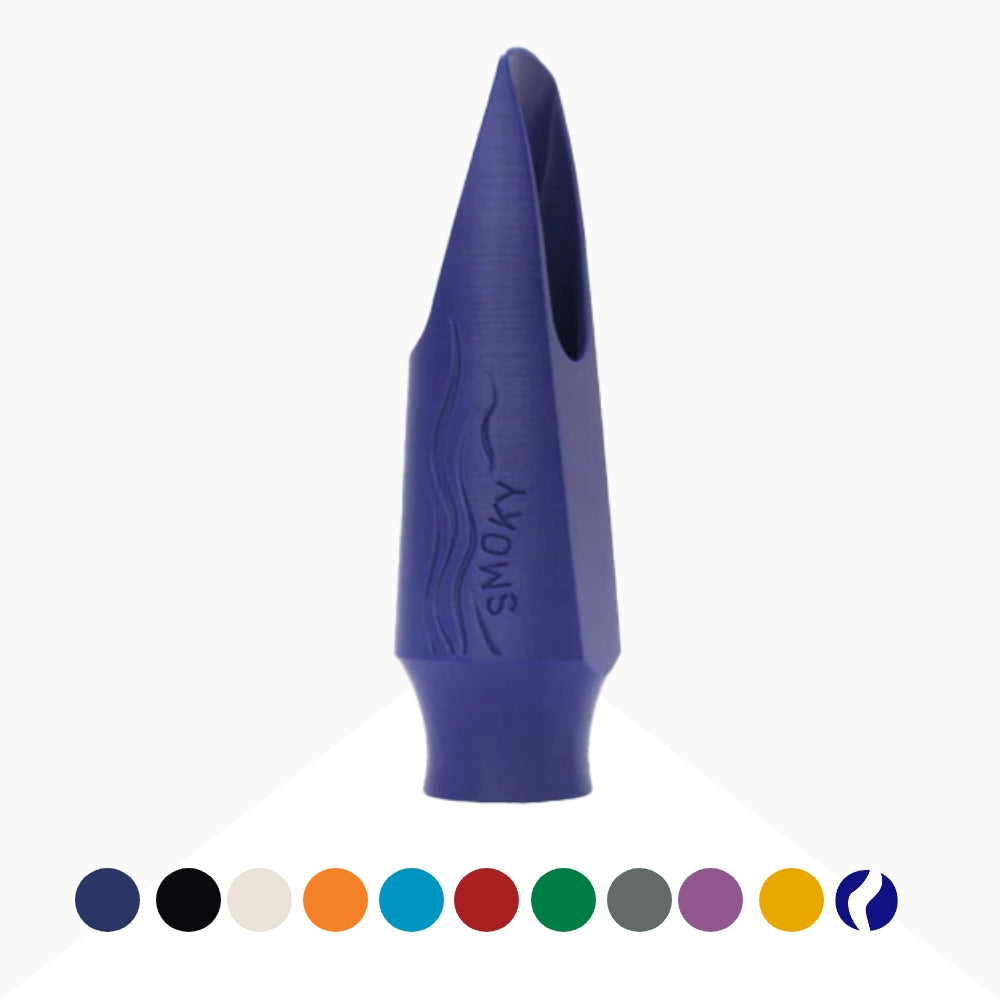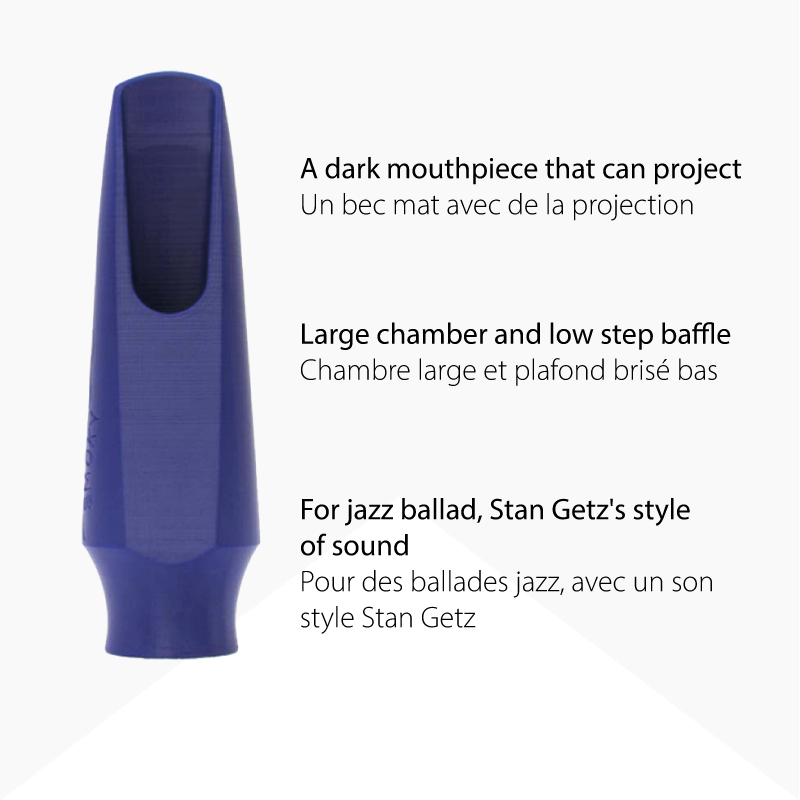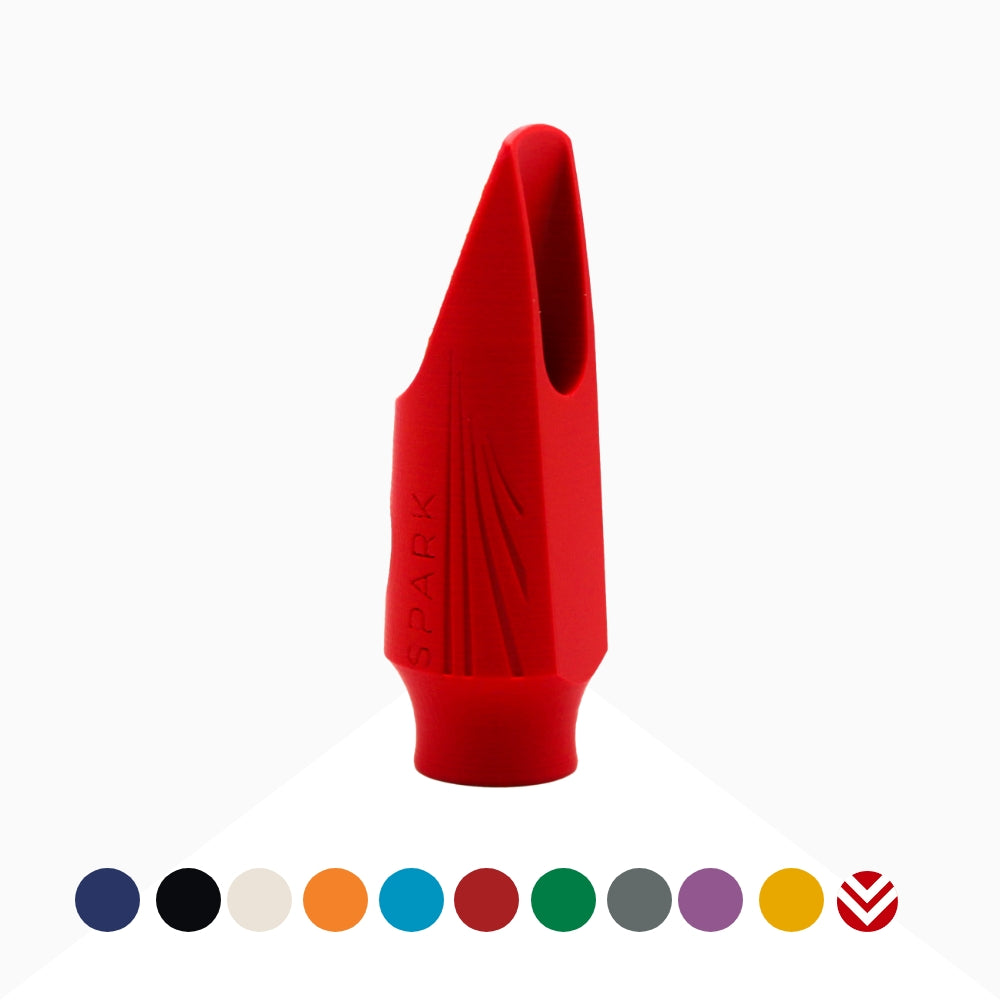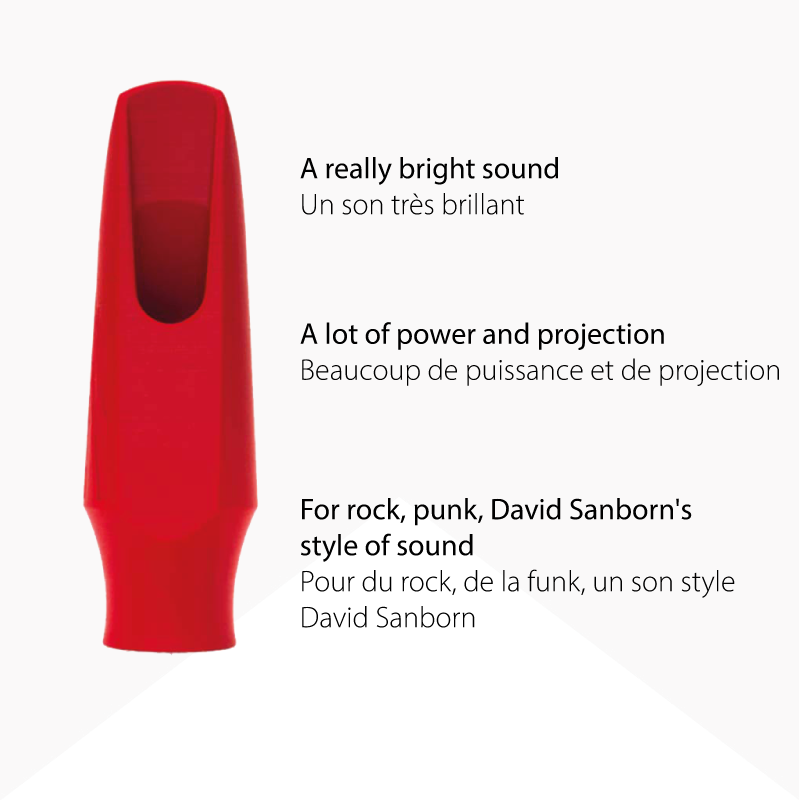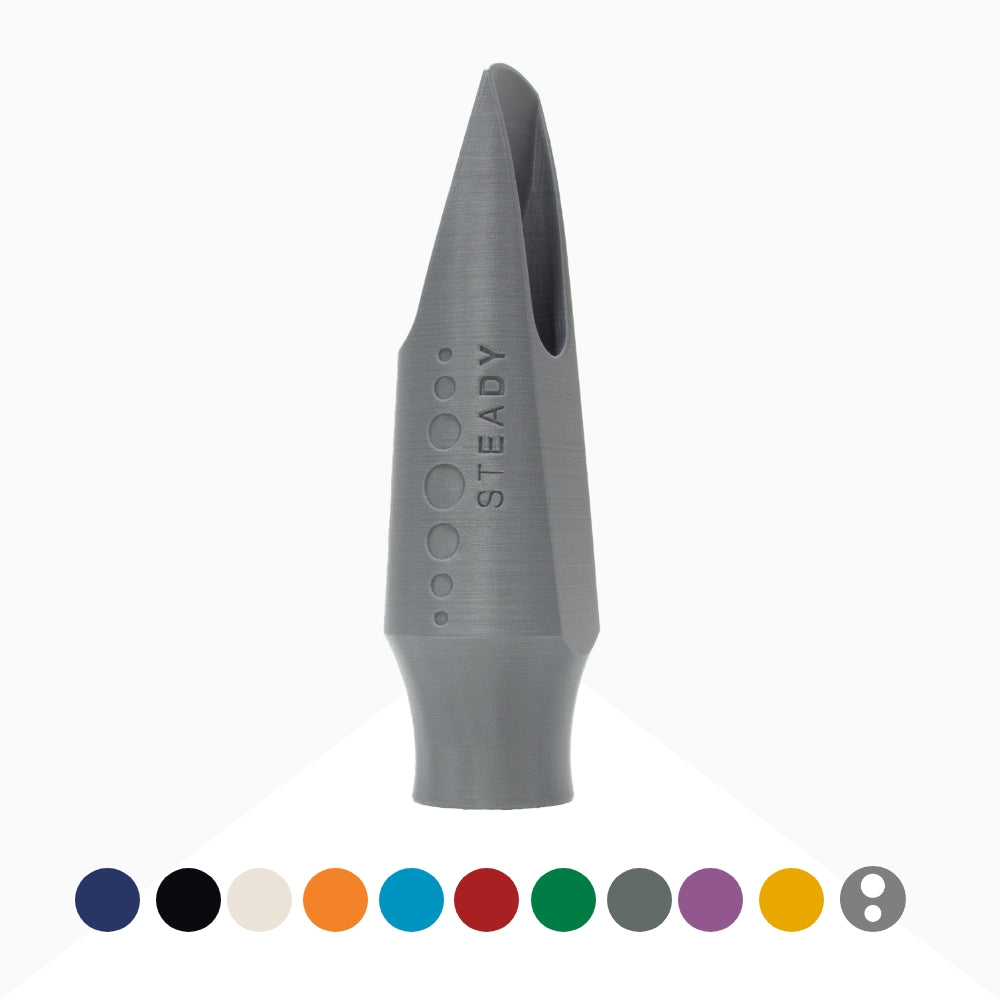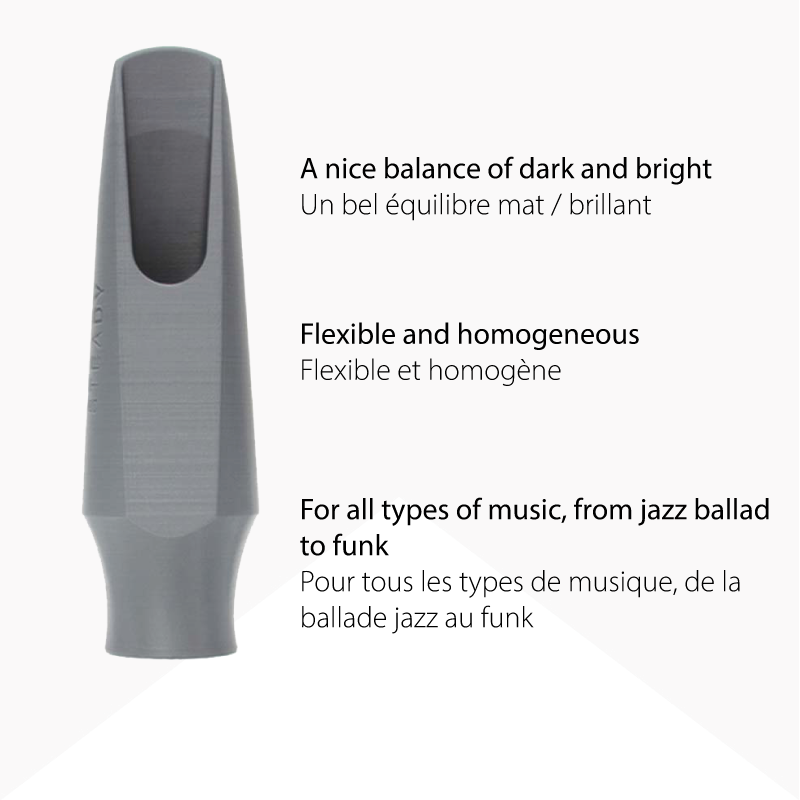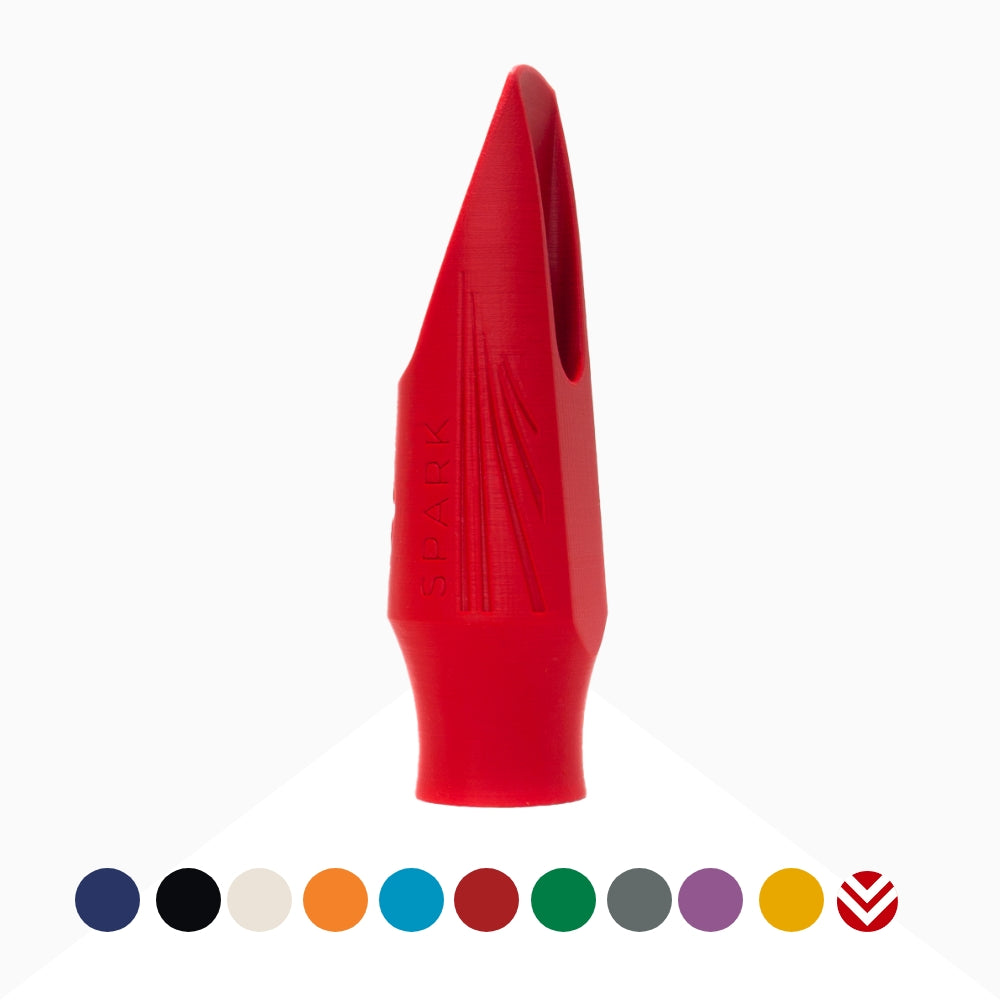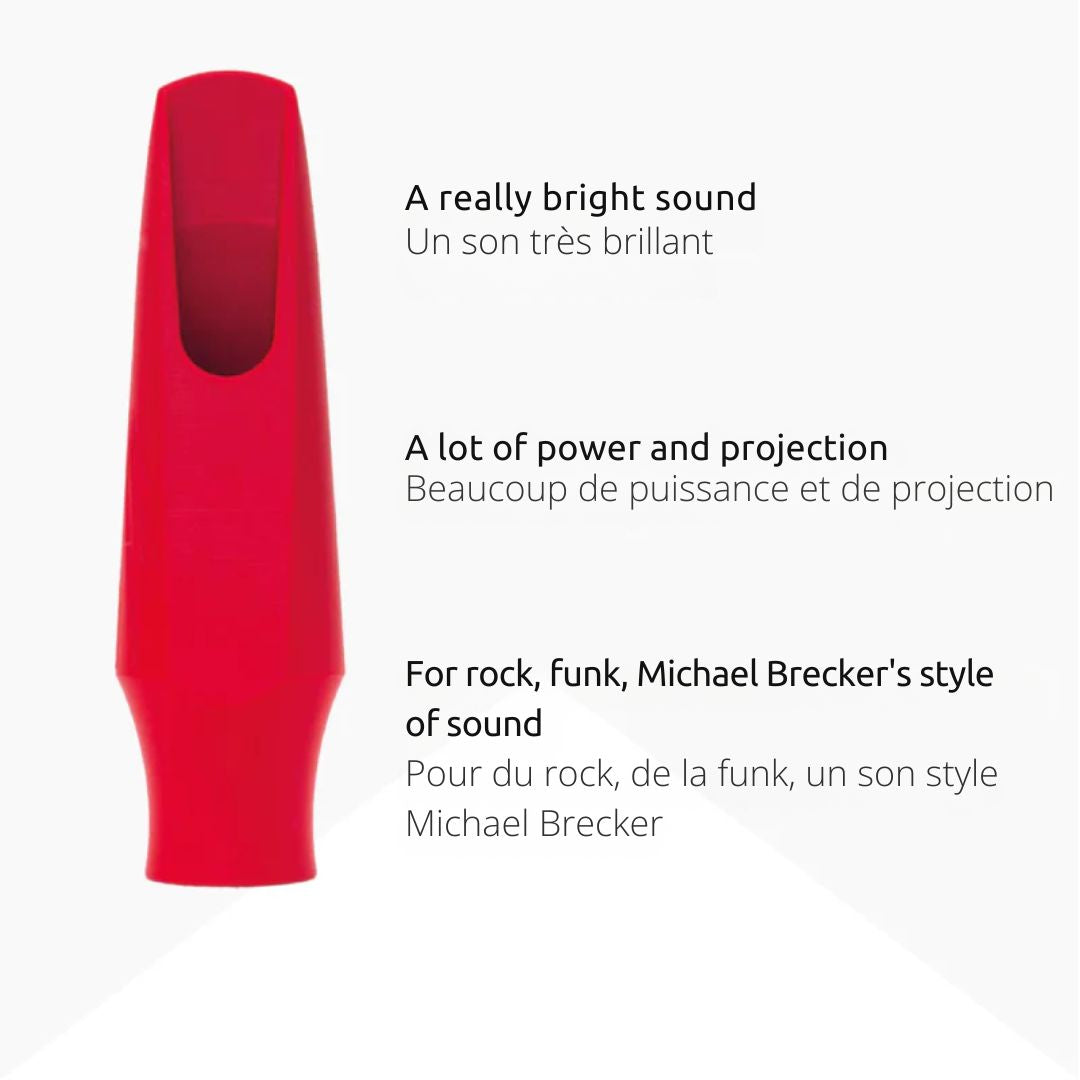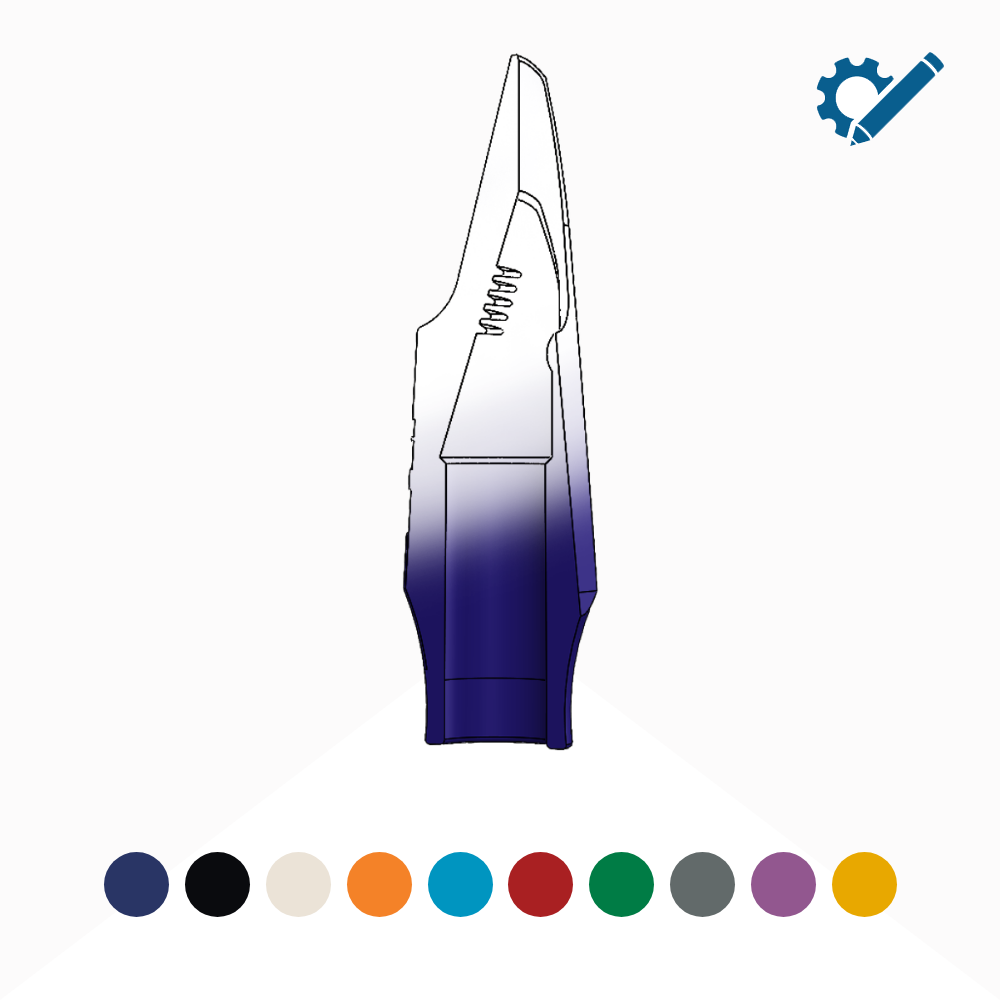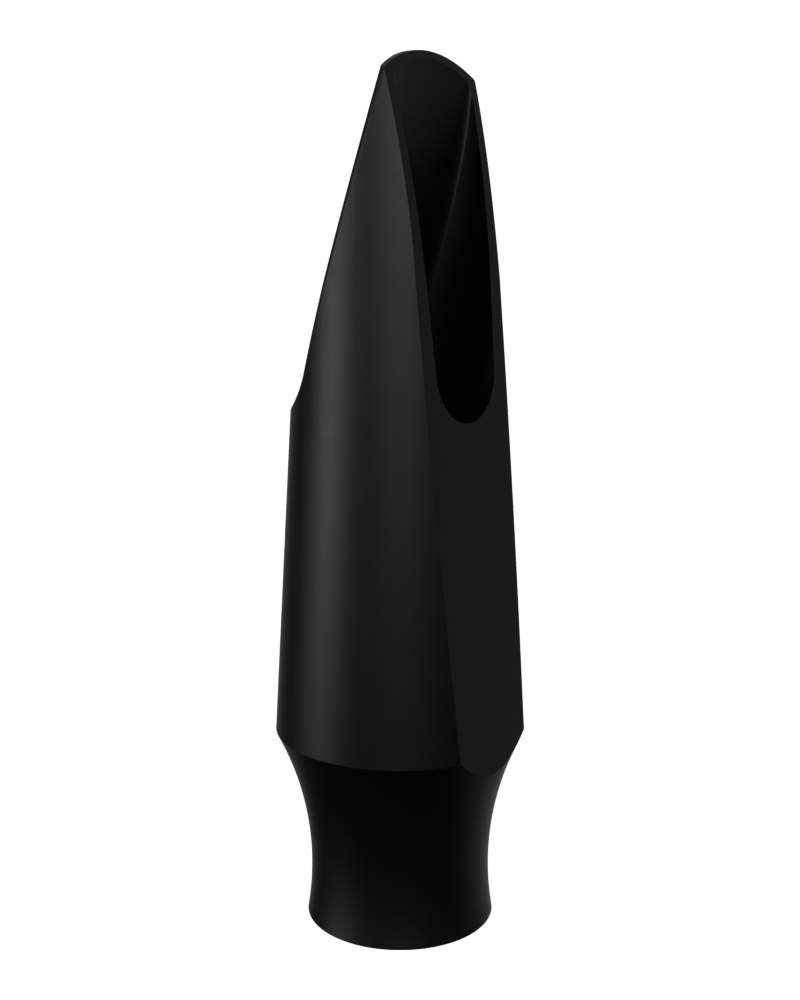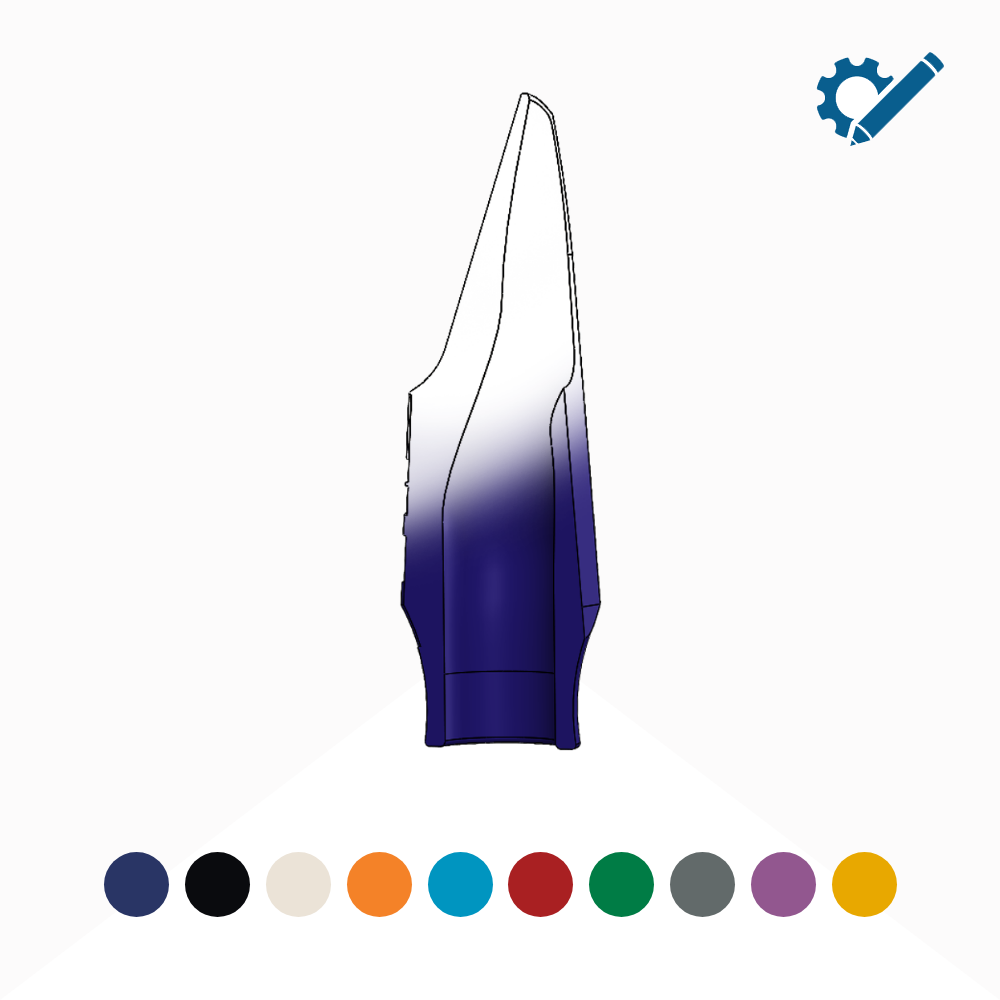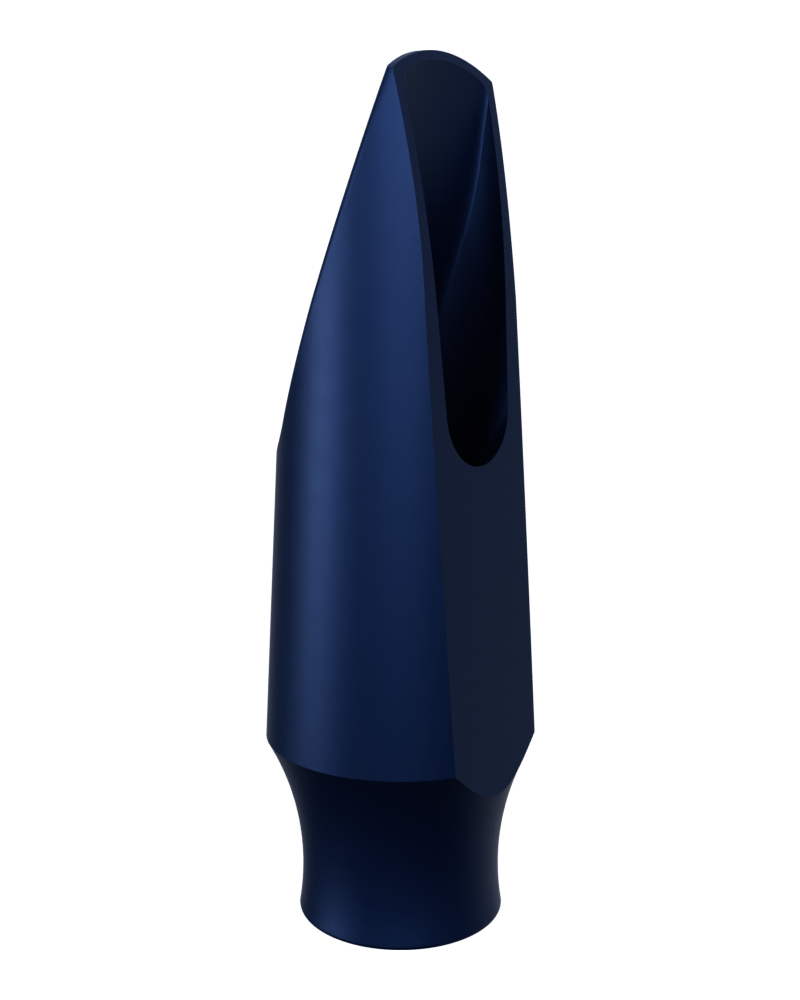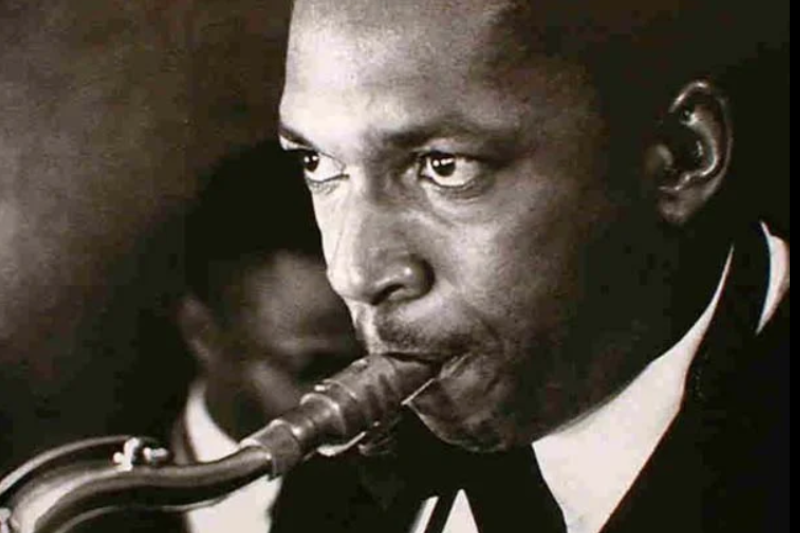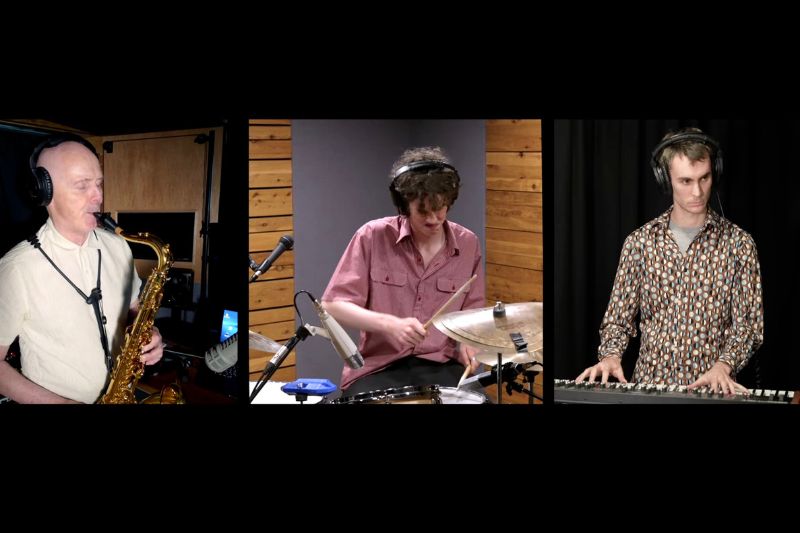I recently had the pleasure of reconnecting with Lorenzo Ferrero for a one-on-one conversation about Syos and his signature mouthpiece. You can catch the full conversation on Instagram, broken into short, digestible clips.
Lorenzo Ferrero is a Grammy-nominated and Latin Grammy-winning saxophonist, composer, arranger, and educator. His work includes music for TV shows and films such as Detroit (2017), Ola de Crímenes (2018), and Mala Fortuna (2023). He leads his own band, Lorenzo Ferrero and The Collective, performing original jazz, Latin jazz, and funk compositions. He is also the co-founder and director of The Afro Peruvian Jazz Orchestra, a 22-piece big band, and founder of Tonealley Academy, an online music education platform.
Lorenzo also has a signature mouthpiece with Syos.
A transcript of our conversation below, including additional commentary:
Lorenzo: what inspired you to work on saxophone mouthpieces?
Pauline: So I have always been passionate about music and science, so I did a PhD on the acoustics of wind instruments, and afterwards, I did a postdoc at McGill University in Montreal, and my research project was about saxophone mouthpieces so that’s how I came up with the idea of Syos.
To learn more about Lorenzo’s experience with Syos, I asked him about his first encounter.
Pauline: what caught your attention when you first heard about Syos?
Lorenzo: so back in 2018, I saw these colorful mouthpieces on Instagram and I was really intrigued. Very skeptical at the beginning because I knew they were made of plastic so, at the beginning I wasn’t sure, but then, the fact that they did customized mouthpieces really attracted me and that was my entry point to, “okay, I’m really interested about building a mouthpiece that is really mine and that has all the sound characteristics that I want”
Many players share Lorenzo’s initial skepticism, especially when they learn our mouthpieces aren’t made of traditional materials. But time and again, those same players are pleasantly surprised once they try them. It’s always rewarding to shift someone’s perspective, and we’re grateful to all those who continue to champion our mouthpieces. Lorenzo goes on:
Lorenzo: what was the biggest technical challenge you faced when starting Syos?
Pauline: so the biggest technical challenge was to find the right technology to do 3D printing because at that time, 3D printing technology was only used to make prototypes, and we wanted to have, like, real products that had a really good finish.
Wanting to hear more, I asked Lorenzo another question. I was still curious about his thoughts.
Pauline: during the custom mouthpiece process, what was the most interesting thing you learned about mouthpiece design?
Lorenzo: well, the relationship between all these technicalities. I had no idea how the chamber works, how the baffle works. I was initially thinking, “oh, it needs a big chamber for a dark sound and this for that, that for this”. It ended up being a very beautiful combination of things I had no idea about. For example, the importance of the tip opening, the size of the baffle, and the chamber still. I learned so much about something that I just don’t think about, and I don’t think I’m alone. I don’t think many saxophone players understand the science behind this.”
Then Lorenzo asks:
Lorenzo: how do you translate a musician’s sound descriptions into technical parameters?
Pauline: Oh, so that was a lot of work. We actually design a lot of different mouthpieces. We change one parameter every time and we make people try all those mouthpieces. Then we get them to describe the pieces with their own words. Once we have all the words, we find similarities between descriptions, we’ll make comparisons, we’ll have people rate the selected words. With all that information and research compiled over years, we are able to understand. So when someone says, “I want a warm sound”, or “I want a dark sound”, “I want some power”, we know how to change the geometry of the mouthpiece to achieve the desired sound”
Then I ask:
Pauline: how has your approach to sound evolved since you started using Syos?
Lorenzo: so it’s funny because at the beginning, it took me a few weeks to get used to it and to find the right adjustments, the reed, and everything. But once I really started playing it, I had this ‘free-blowing’ feeling, and not only related to the mouthpiece itself, but I was able to really translate the nuances I had in my mind. Little subtle things that really don’t only make your sound, but create your interpretation. To me, the Syos mouthpiece, my signature mouthpiece, has helped me so much and achieve all the nuances that I really want to express, in much, much better ways.
Pauline: what advice would you give to someone, a musician, considering a custom mouthpiece?
Lorenzo: make sure you know what you want. Work on your sound first because a lot of saxophone players believe this myth that the mouthpiece single-handedly will change you. It will not. Really, the sound comes from you and these beautiful mouthpieces, what they do is bring out the best nuances, the best expression. Learn the descriptive words of the sound you want. Don’t just say, “I want to sound bright” or “I want to sound dark”. Say “I want to sound full, velvety, edged”. Like, really understand how the descriptive words can translate into your music.
Lorenzo seems to be advocating for a deeper, more precise understanding of your sound, beyond vague descriptors. He then asks:
Lorenzo: between all the artists you’ve worked with, what’s the thing that surprised you the most?
Pauline: I think one thing that surprised me the most is, like, I started by doing custom mouthpieces because I knew that the musician, the different musicians, they wanted something different and personalized. But I didn’t think that it could be as different as it is, and every musician I’m working with has a different sound, has different requests and at the end, I’ve done several thousands of mouthpieces and no one is the same. That’s been really crazy.
It’s been a true pleasure working with Lorenzo. His remarkable talent, curiosity, and insight made the collaboration deeply rewarding. His voice, both as a musician and as a collaborator, continues to inspire us here at Syos.

